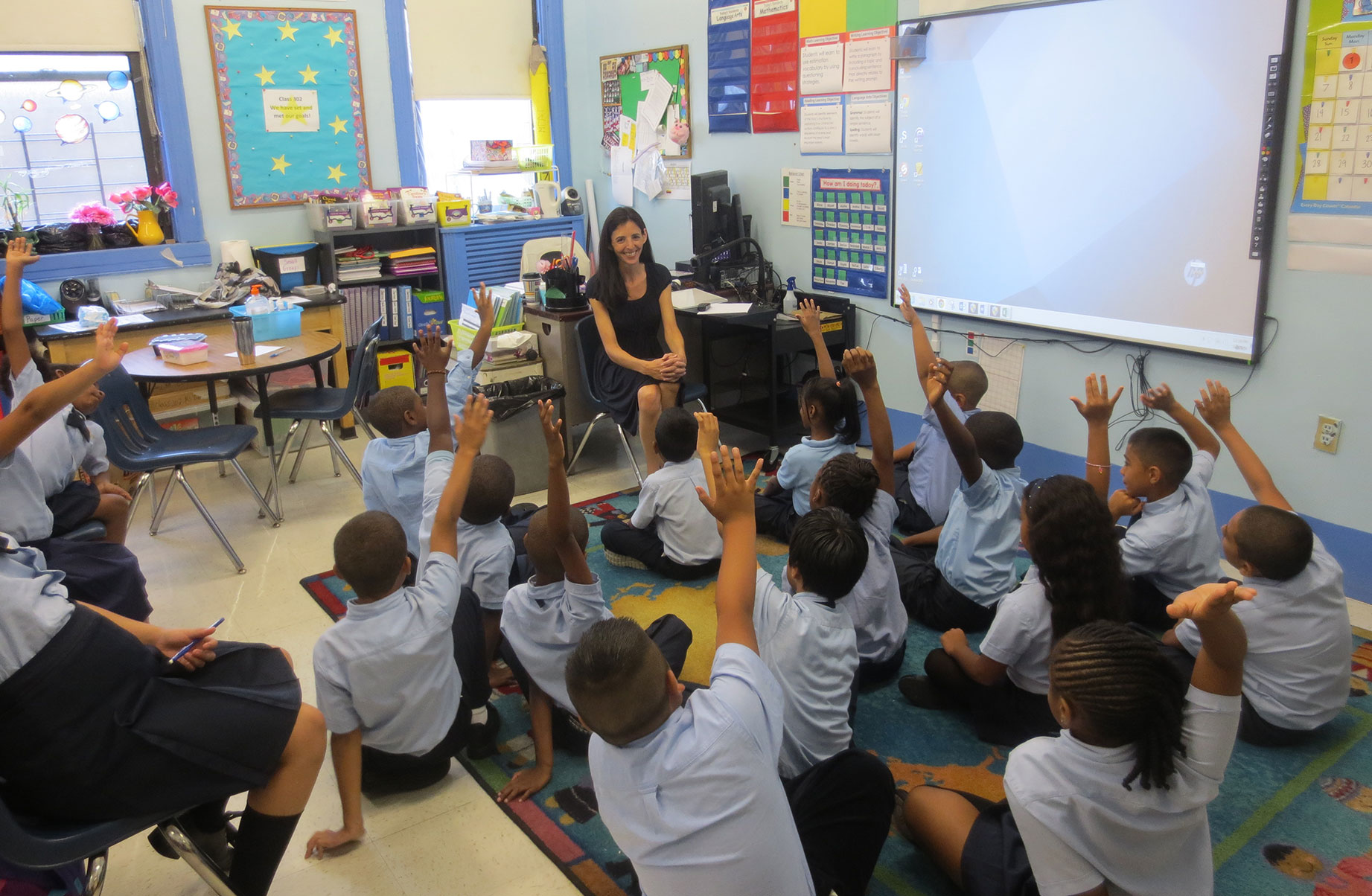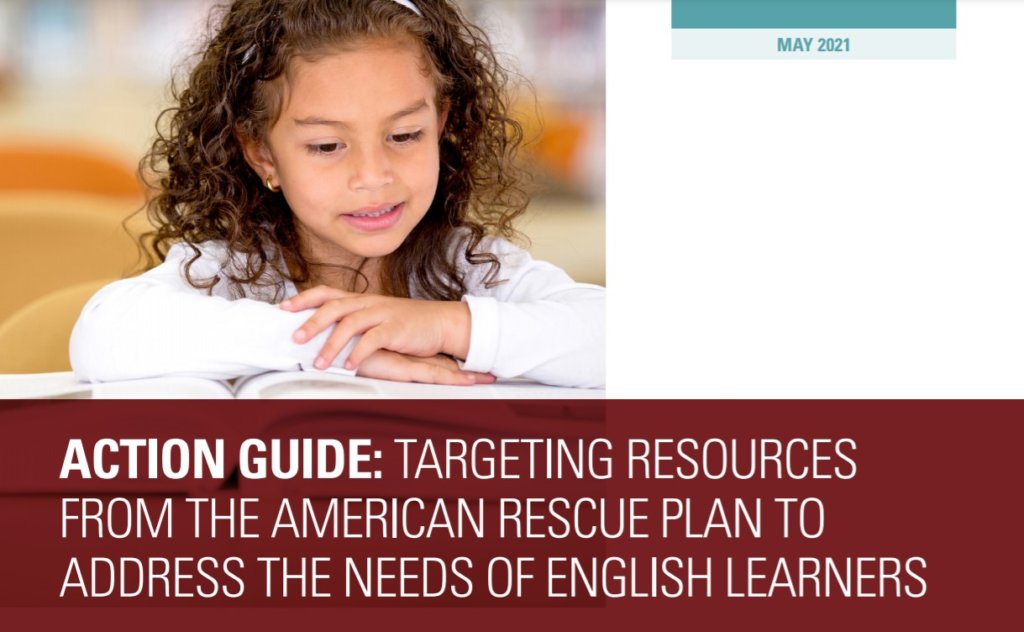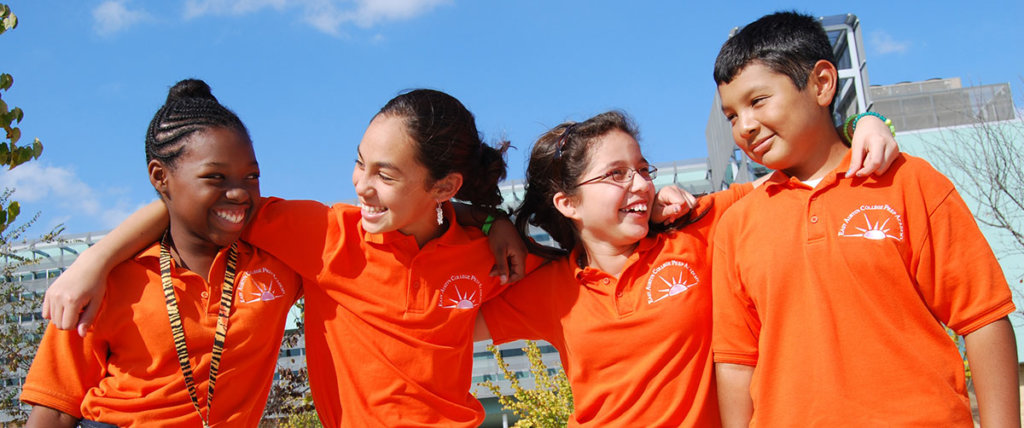Self-Advocacy and Self-Determination for Students With Disabilities Who Are English Learners
The capacity to self-advocate and make meaningful choices about learning and life is becoming an increasingly important skill for success in education, the workforce, and civic institutions. This may be why student agency, self-advocacy, and self-determination are getting more attention in our education discourse.

The National Center for Learning Disabilities’s report on self-advocacy in personalized learning systems highlights that new, innovative models of education cannot succeed without explicit attention to developing students’ capacities to self-advocate and act in a self-determined manner.
What implications does this have for our efforts to create a more equitable and inclusive education system? Students’ capacity to advocate for and make choices about their needs, rights, and interests happens within a broader social context—their school, home, and community.
 We cannot separate agency and advocacy skills from the idea of power. When students make decisions about their goals, learning experiences that will help them achieve those goals, and ways they want to demonstrate learning, they are, by definition, exerting power over their learning and lives.
We cannot separate agency and advocacy skills from the idea of power. When students make decisions about their goals, learning experiences that will help them achieve those goals, and ways they want to demonstrate learning, they are, by definition, exerting power over their learning and lives.
This can be a challenging task for students who are members of marginalized groups—women, cultural and racial minorities, low income students, individuals with different disabilities, different sexual orientations, and others. There must be an explicit effort and a strong commitment by educators to provide a climate that is conducive to student development and exercise of these skills.

Each identity a student brings to this process creates a new layer in this dynamic process. For example, helping an English learner who has a learning and attention issue demonstrate self-advocacy is a different task than helping a student who identifies with only one of these attributes.
A student with a learning and attention issue may feel frustration when a learning environment is not conducive to their needs. They may act out in a disruptive way (a negative manifestation of self-advocacy) or retreat all together.
In contrast, an English learner from a Latino culture may resist the very idea of self-advocacy, deferring to teachers as the experts who shouldn’t be questioned. When a student identifies with both of these statuses, a unique set of interventions and supports will be necessary to help him fully exercise agency over his learning. For example, an English learner with executive functioning issues may not only have challenges advocating for herself because of a language barrier or difficulties in organizing her thoughts, but because of difficulty in organizing and presenting her thoughts through different linguistic and cultural lens.
statuses, a unique set of interventions and supports will be necessary to help him fully exercise agency over his learning. For example, an English learner with executive functioning issues may not only have challenges advocating for herself because of a language barrier or difficulties in organizing her thoughts, but because of difficulty in organizing and presenting her thoughts through different linguistic and cultural lens.
Each time a student’s disability intersects with another status, whether it’s being a cultural or racial minority, experiencing poverty, or another identity, each time a disability intersects with a different learning obstacle, educators should reflect on what the student’s specific circumstance demands in order to become a better self-advocate. In the case of a student with a disability who is also an English learner, we suggest:
- Defining self-advocacy through culturally relatable terms.
- Educators can make self-advocacy and agency relatable for students through culturally relevant examples, such as historical and local figures or literature that are more relatable to students’ experiences;
- Training in cultural sensitivity and culturally responsive pedagogy for anyone teaching students these skills.
- When helping cultural minorities develop self-advocacy skills, educators can make additional effort to be culturally sensitive, merging the dominant and non-dominant culture; and
- Helping students value their culture.
- Educators can recognize that the first step in helping any student (regardless of disability status) develop self-advocacy is helping them value themselves. As part of that process, they can help students see how to self-advocate within the context of their own culture and identify how it is different in the majority culture. This can help bridge the gap by building close relationships based on trust and mentorship.
As with any student group and in any attempt to develop self-advocacy skills in students, schools must develop the infrastructure necessary to provide instruction in self-advocacy, as these skills are not picked up along the way. Such a system should help educators monitor the effectiveness of interventions that aim to develop self-advocacy and student agency so that schools can improve over time and measure the success of students.
This may be challenging at first, but it is the only way we can ensure our effort reflects our rhetoric in putting student needs at the center of our education system.
By Ace Parsi (National Center for Learning Disabilities) and Claudia Rinaldi (Professor at Lassell College and Understood.org Featured Expert)




